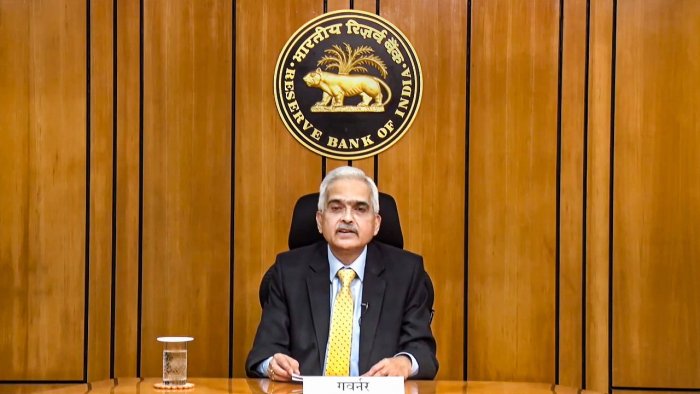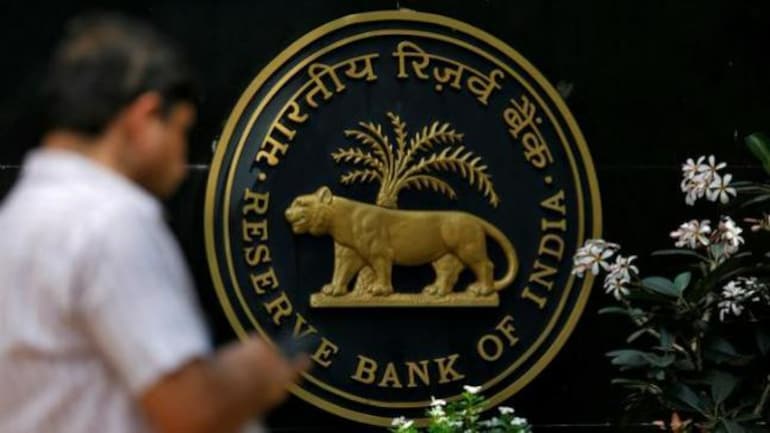For various reasons, the Reserve Bank of India’s (RBI) policy review this time was always going to be unique. The first is that things are looking significantly different after the February policy’s optimism. Russia’s intervention in Ukraine has introduced a new external element into the equation. Budgetary numbers were debated even before the year began, indicating that cynicism had already set in. The currency has been volatile, but it has been stabilised thanks to RBI intervention. The US Federal Reserve has raised rates and is now assured that quantitative easing (QE) will be phased out, posing a serious threat to inflation.

Despite the repo rate remaining steady, the monetary policy committee (MPC) has sprung some surprises. The stance has been maintained flexible. However, there has been a shift in discourse, which now states that accomodation will be withdrawn as well, citing inflationary worries. This may appear ambiguous because the position has not altered, but it does come with a disclaimer. As the RBI governor spoke, the 10-year bond hit the 7% barrier, which was unsurprising. The recommendation has been to reduce liquidity gradually, implying that a case might be made for measured tightening.
The other surprise is the reintroduction of the 50 basis point (bps) corridor in LAF, although this comes with a 3.75 percent standing deposit facility and a 3.35 percent reverse repo. However, because 80% of liquidity is being absorbed at close to repo rates, the market has anticipated this shift.
SDF is an intriguing notion because it will serve as an overnight reverse repo. This would be the floor under the new liquidity regime, while the MSF would be the ceiling. This also means that banks may no longer opt to place their extra cash in the SDF through the overnight reverse repo window. The SDF has the benefit of not needing the RBI to have government securities on hand, which is required in the event of a reverse repo.
Changes in predictions for gross domestic product (GDP) and inflation were on the expected lines. The RBI has been fairly active in this area, particularly on growth, which has dropped to 7.2 percent from 7.8 percent after the central bank highlighted more positives than faults. Because growth was projected at a greater pace, this will have an impact on the government’s budgetary calculations.
The RBI has raised its inflation forecast from 4.5 percent to 5.7 percent, which is acceptable considering the Bank of Baroda’s forecast of 5.5 to 6%. The $100 oil price projection (for the Indian basket) appears to be on the high side once again, yet it is reasonable today. The RBI is correct in pointing out that numerous other commodities, including as fertilisers, metals, petroleum, wheat, and corn, are seeing rapid price increases.
There is a clear indication that interest rates will be lifted, with two repo rate rises in the next two policies seeming highly likely unless inflation falls considerably, which appears unlikely. On the HTM front, banks have been granted some breathing room, which will assist in this increasing interest rate environment. This implies that deposit and lending rates will rise, which is excellent news for savers but bad news for borrowers. In a nutshell, the days of easy money are long gone.
